Review: Made to inspire young artists to break the rules, the fizzy 'Nouvelle Vague' shows how it's done
Published in Entertainment News
Creative waves are powerful and short. They knock people sideways before receding into the ocean of imagination that's existed since the first caveman looked up at the stars and said, "Funny story about those." Richard Linklater surfed one himself when his breakout feature, 1991's "Slacker," swept him into the Sundance indie movement, a surge of scrappy talent inspired by '60s and '70s New Hollywood, which was itself triggered by earlier French New Wave filmmakers like Jean-Luc Godard and François Truffaut. No wave lasted on its own, but each energized the next group to get their feet wet.
As a young cineaste, Linklater once said he loved "anything by Godard." It's hard to imagine that "Slacker," a format-breaking youth riot shot without permits on the streets of Austin, could have summoned the audacity to exist if Linklater hadn't seen Godard's similarly semi-improvised crime romance "Breathless," shot without permits on the streets of Paris in 1959. Now that Linklater has ascended to the establishment, he's encouraging cinema's future by turning to its inspirational past with "Nouvelle Vague," the lively story of how Godard (Guillaume Marbeck) directed "Breathless" with a tiny bit of cash and a ton of ego. It's the origin story of Godard, and, in a way, of himself. Even more importantly, it's a manual for what Linklater hopes will be a fresh wave of talent storming the shore any minute. (I'm counting on it.)
The movie starts, naturally, at the movies. Godard and his fellow critics at the magazine "Cahiers du Cinema" — Truffaut, Claude Chabrol and Suzanne Schiffman (respectively, Adrien Rouyard, Antoine Besson and Jodie Ruth-Forest) — are at a preview cracking jokes, chain-smoking and swilling free booze. Straightaway, "Nouvelle Vague" thrusts you into a razor-smart club and demands you keep up. When Schiffman teases that a movie is "no Citizen Kane," it's a reminder that this is the crowd that first, and rightly, redeemed "Kane" as a masterpiece.
But as the script by Holly Gent and Vincent Palmo Jr. notes, this clique is in transition. These judgmental outsiders are themselves beginning to direct and suddenly the party seems to be revolving around them. Starlets gossip about these film geeks and blow them kisses while Godard, who, unlike the others, has yet to make his debut feature, is very aware he's the odd man out. "'Missed the wave' will be on my epitaph," he says with a moan. He's 28 years old.
Living up to his reputation as Cahiers' brainiac bad boy, he pockets the office's petty cash to road-trip to the Cannes premiere of Truffaut's "The 400 Blows." In a lovely image by the cinematographer David Chambille, using black-and-white photography that evokes the loose style of "Breathless," the film's iconic final beach climax is reflected in the dark sunglasses that Godard never removes. Envy seethes behind those opaque shades and a mask-like smirk. As snotty-marvelous as Marbeck is in the role, it's a shame I won't recognize his face the next time I see him.
Linklater, shooting en français with subtitles, whisks characters past the lens so fast that your mental Rolodex is full in 15 minutes. Bit players pop up in cameos: Agnes Varda, Roberto Rossellini, Jean Cocteau, Jean-Pierre Melville, Robert Bresson. Once we get to the set of "Breathless," filmed over 20 days on a budget of $90,000 (roughly a third the cost of an average French production at the time and yet three times the budget of "Slacker" three decades later), the names keep coming, from harried assistant director Pierre Rissient (Benjamin Clery) and resourceful cameraman Raoul Coutard (Matthieu Penchinat), a combat photographer who'd learned his skills in the French Indochina war, to the exasperated tag-team of script supervisor Suzon Faye (Pauline Belle) and makeup artist Phuong Maittret (Jade Phan-Gia), the latter of whom yearns to work for the more-stable Bresson. Up until the final minutes, Linklater is still introducing characters such as editors Cécile Decugis (Iliana Zabeth) and Lila Herman (Pauline Scoupe-Fournier) who gave "Breathless" its own breakneck pace.
"Breathless" star Jean-Paul Belmondo (the fantastic Aubry Dullin) enters shadow-boxing at the camera as if fighting for screen time. Luckily, he gets enough of it to make us realize it was Belmondo's off-screen charisma — even more than on — that made the movie spark to life. Belmondo can charm Jean Seberg (Zoey Deutch) into smiling. Godard, she never likes. The headstrong American starlet, cast as Belmondo's noncommittal lover, is convinced that Godard is working toward a disaster and gets most of her enjoyment from teasing her prickly boss. "Are you making up how to direct as you go along?" she trills to Godard in her Iowa-accented French. Deutch captures not only Seberg's own vibrant ambivalence but her cadence with its inexplicably magical mix of musical, hesitant and precise — the voice of a child's talking doll.
Once you let go of the idea that you're expected to know all of these figures, Linklater's barrage becomes its own source of momentum. All of Paris seems to be abuzz with artists passionately inventing new ways to make movies, the way New York City was in the 1970s and Hollywood back in the 1910s (and as Hollywood should be again). You couldn't fit all these legends into the movie if you treated each one like a genius auteur. Crammed together and compressed, though, these giants shrink back down to mortal size. Varda is a scruffy-haired kid in a tank top. The cash-strapped Rossellini stuffs free snacks into his pockets. They're relatable people living attainable lives.
As commuters hustle past Godard and Truffaut polishing the "Breathless" script at the underground metro station where they really did work, these ambitious young men look so ordinary that you can't help but think of all the other overlooked talent out there hoping it, too, can break through at the right time. While "Nouvelle Vague" isn't sentimental or romantic about their hustle — from inside the wave, you don't see glory, only turbulence — it's sweet to flashback to when the two were comrades before they publicly went to war over the goals of their own movement.
Calling this a biopic is a reach. The screenplay isn't curious who any of these people were at home. It's about the work — about pushing toward something both as individuals and en masse, like an army or a sports team. All of these figures, especially Godard, speak primarily in pronouncements about how to make art. Be insolent, break the rules, don't doubt your instincts and buy your freedom by working on the cheap. Chop up two-thirds of the dialogue into bon mots and it'd make a great book of inspirational quotes, the sort of thing a thoughtful auntie would slip into a kid's stocking at Christmas. Some of these maxims might result in more films like Tommy Wiseau's disasterpiece "The Room." So be it.
I first saw "Nouvelle Vague" at May's Cannes Film Festival, just steps from the beachfront where Marbeck's Godard delivers his infamous line that "All you need to make a movie is a girl and a gun." (Apologies to anyone without a time machine but there will never be a more ideal setting.) Ever since, I've had a deeper appreciation for the French New Wave's influence on Linklater's own career. "Boyhood," shot over 12 years, now seems like a hat-tip to Truffaut's five-film series that saw "The 400 Blows'" Antoine Doinel grow into a man; the "Before" trilogy allowed Linklater to flip the script of Seberg and Belmondo's romance and pair a beautiful French blonde with an American scamp.
The paradox of "Nouvelle Vague" is that it trumpets the urgency to make something fresh while itself rewinding to show how something was done 65 years ago. Yet Godard built his own career on the twin tenets of homage and upheaval, injecting his adoration for Humphrey Bogart into a film that would change the cinema forever, and continuing on to make more movies that eventually were nothing but allusions to other movies while being distinctively his own. Creativity has no limits. Just pick up a camera.
———
'NOUVELLE VAGUE'
(In French and English, with subtitles)
MPA rating: R (for some language)
Running time: 1:46
How to watch: In limited theatrical release Oct. 31; on Netflix Nov. 14
———
©2025 Los Angeles Times. Visit latimes.com. Distributed by Tribune Content Agency, LLC.
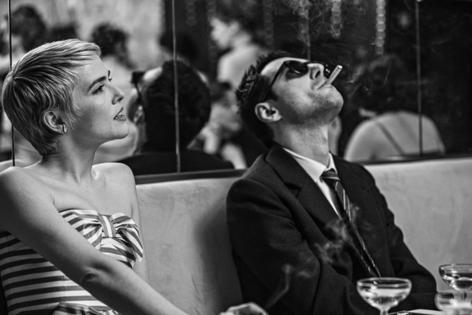
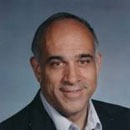
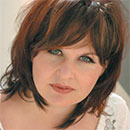
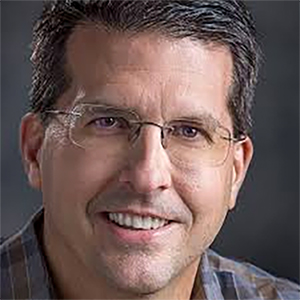
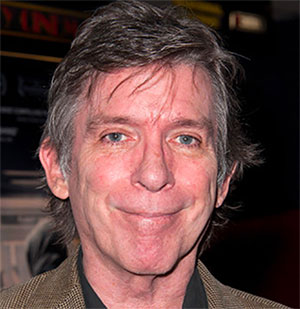
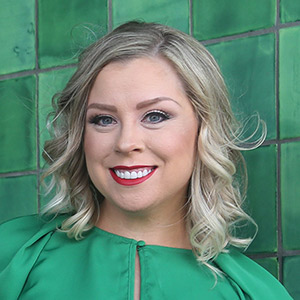




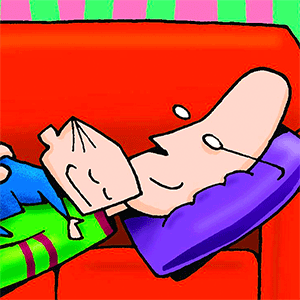
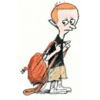
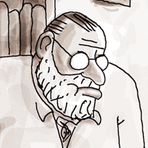
Comments